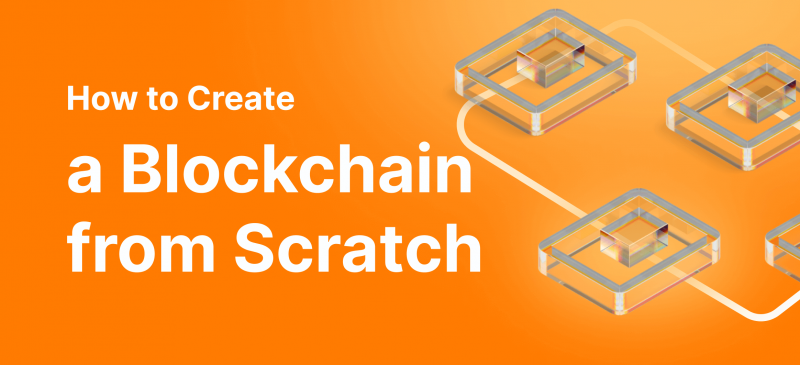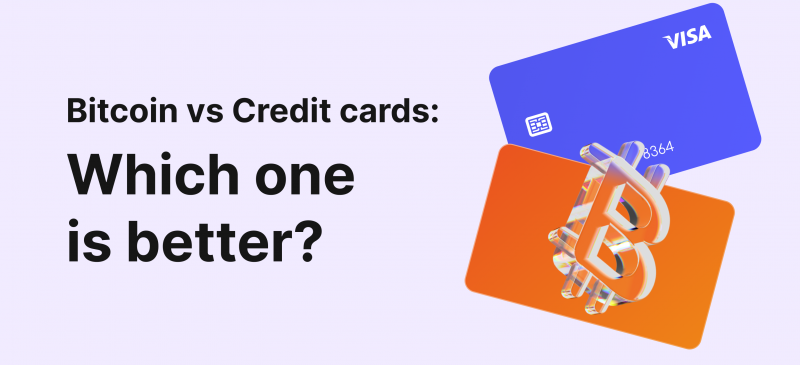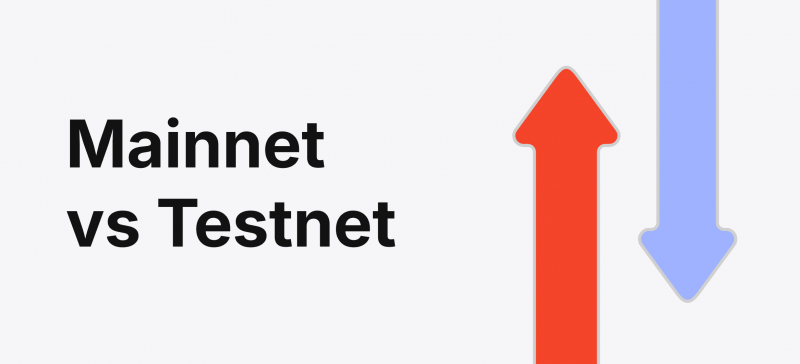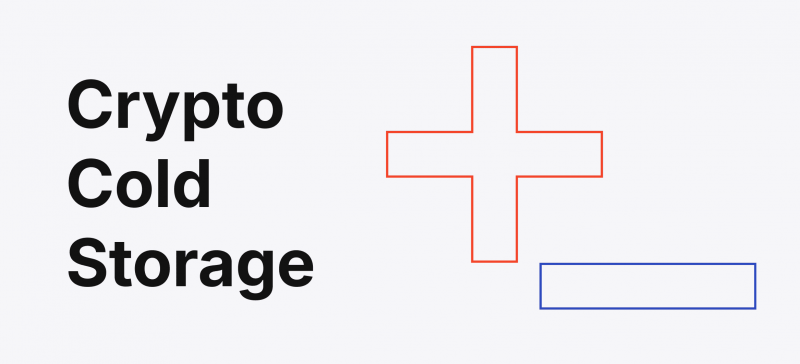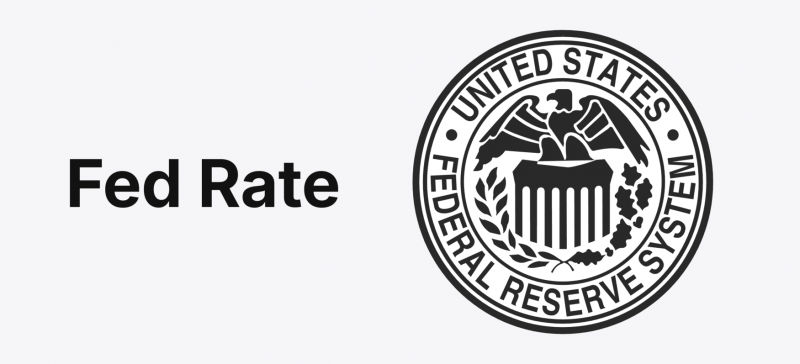The blockchain ecosystem has evolved tremendously since its inception in the late 2000s. In 15 years, blockchain networks have introduced new utilities, use cases, consensus algorithms, smart contract functionality and many other innovations. As a result, blockchain platforms have far exceeded the status of being factories for cryptocurrency production.
Today, custom blockchain solutions dominate the digital landscape, providing unique answers to business challenges across numerous markets. If you wish to join the new wave of value-driven blockchain startups and create your unique spin on utilising the power of decentralisation, the time has never been better! This piece will discuss the crucial steps in building a blockchain from scratch.
Key Takeaways
- Building a custom blockchain network can solve information flow challenges and decrease transfer costs across numerous industries.
- Blockchain networks have proven to be invaluable in healthcare, insurance, finance and many other markets.
- Before committing to this task, it is prudent to determine a specific use case for your platform.
- Technical considerations involve choosing a suitable protocol, consensus algorithms, programming languages, operating systems, and many other relevant details.
Why You Should Consider Creating a Blockchain Network
Before analysing the means to create your own blockchain, let’s examine the potential benefits and use cases. The core technology offers three staple benefits to individuals and businesses worldwide – decentralisation, anonymity and elimination of intrusive third parties.
However, the modern landscape of crypto startups is filled with value-driven and problem-oriented projects that go beyond offering the core blockchain package.
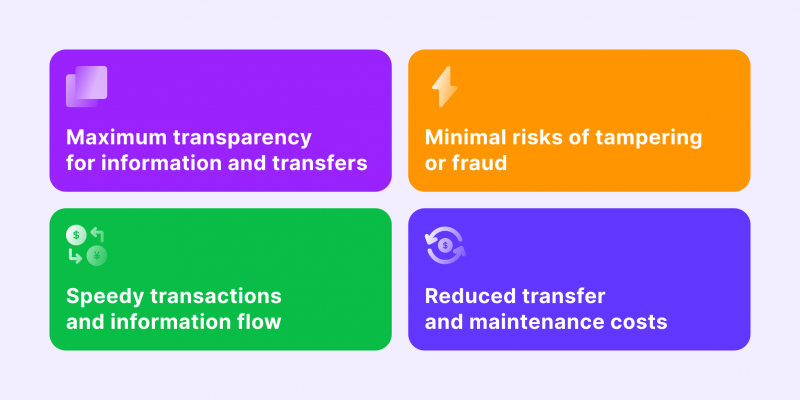
Enhanced Transparency and Reduced Risks of Tampering
Blockchain networks can be applied to various industries, creating a digital ecosystem that can manage funds, store valuable information, conduct swift transfers and create many other utilities through smart contracts.
All of the abovementioned features in the network are completely transparent, which means that network members can keep track of network actions, transfers and other operations.
This high level of transparency works exceptionally well with specific industries, where informational flow is continuous, and several company members must have access to data at all times.
Moreover, the blockchain design is perfect for reducing the risk of fraud or malicious intent from internal or external parties. At any given time, the network is only susceptible to being modified by consensus algorithms, preventing individuals from tampering with funds, information or smart contract functionality.
Increased Efficiency, Decreased Costs
Arguably, the most important benefit of blockchain networks is their optimal nature. Transfers of information and currencies through blockchain networks have yet to be matched by other digital solutions.
Blockchain technology is significantly faster than conventional transfer or information storage systems today. The accelerated speed doesn’t come at any additional cost. On the contrary, blockchain networks are much more cost-effective than commercial banks, SWIFT payments or other fiat-related alternatives.
A Step-by-Step Guide on How to Build Your Own Blockchain
As outlined above, numerous practical reasons exist to develop a blockchain application. While the blockchain development process has become much more accessible in recent years, it is still far from trivial.
There are many challenging aspects to consider, and it is essential to have a sound understanding of the basics. So, let’s dive into the critical steps in building your own blockchain network.
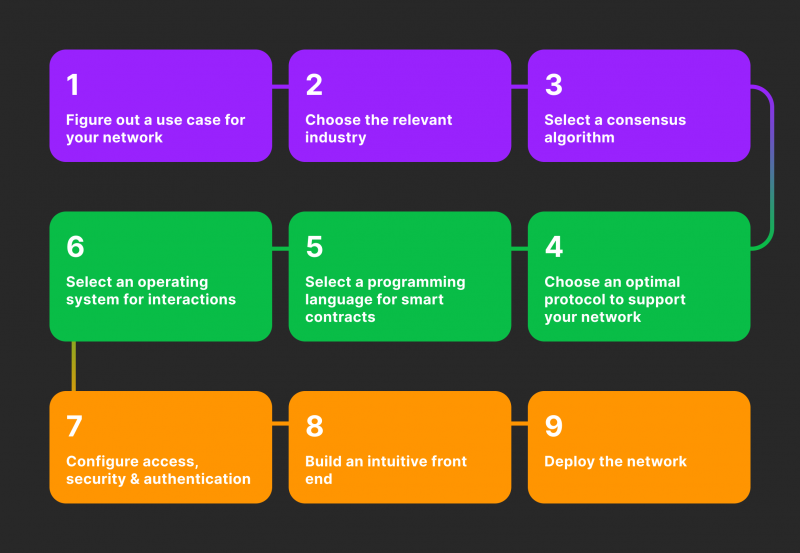
Determine Your Use Case for Blockchain Technology
The first and arguably the most crucial part of creating a new network is figuring out its core utility and application. While it is certainly possible to create a blockchain network for general purposes, having a specific direction and use case for your platform is much more effective.
Numerous high-profile industries can significantly benefit from adopting a blockchain solution. Sectors like healthcare, real estate, supply chains, finance and insurance have all experienced an inflow of problem-oriented blockchain networks that streamline processes and raise operational efficiency.
These networks can even be used in routine company tasks like salary payments to employees. However, your choices are not limited to the abovementioned industries, as many other sectors could potentially benefit from custom-built blockchain solutions.
The most successful blockchain business ideas are all focused on a specific problem. For example, solving efficiency problems with digital logistics operations and streamlining the workflow for supply chains.
Decide Which Consensus Algorithm Works Best For You
Next, select a suitable consensus algorithm for your potential blockchain network. Consensus algorithms are methodologies that determine how blockchain networks will validate and process transactions.
Currently, the proof-of-work algorithm is the de facto standard in the industry due to Bitcoin’s dominating presence. PoW algorithm was invented with the genesis block, which serves as the very first block for the Bitcoin network.
Each block added to this chain uses the previous block hash to create a chronological sequence that is impervious to breaches. The PoW algorithm is used to add blocks to the sequence and store the potential transaction in the mempool. PoW requires computational resources to mine the cryptocurrencies and validate the new transaction blocks on the network.

The proof-of-stake algorithm has recently challenged PoW’s dominance, providing a more scalable solution that doesn’t require solving complex equations to validate blocks.
The PoS algorithm is built on the staking mechanism that allows users, validators and miners to stake specific amounts of currencies on specific block validations. As a result, the PoS algorithm reduces the operational costs of using blockchain networks and presents a more scalable infrastructure.
Other consensus algorithms are emerging on the market, including proof-of-history, delegated proof-of-stake, proof-of-authority and many more. Each of these solutions offers its unique spin on the validation process, and it is advisable to study each offering before you commit to a single algorithm for your blockchain platform.
The blockchain miners were concerned about the new PoS model. However, the public was reassured once the PoS model demonstrated its ability to reward validators even without high-end PC setups.
Choose a Suitable Protocol
Now, it’s finally time to start the building process to create a blockchain of your own. You will need experienced blockchain developers at this stage to build a custom blockchain solution based on the protocol of your choice.
There are several mainstream protocols to choose from, including Ethereum, Hyperledger, Polygon, MultiChain, Quorum and others.
Currently, Ethereum leads the charge as the go-to protocol for new networks, offering a comprehensive suite of features, the PoS consensus algorithm, an in-house smart contract language Solidity and the ability to integrate layer-2 networks.
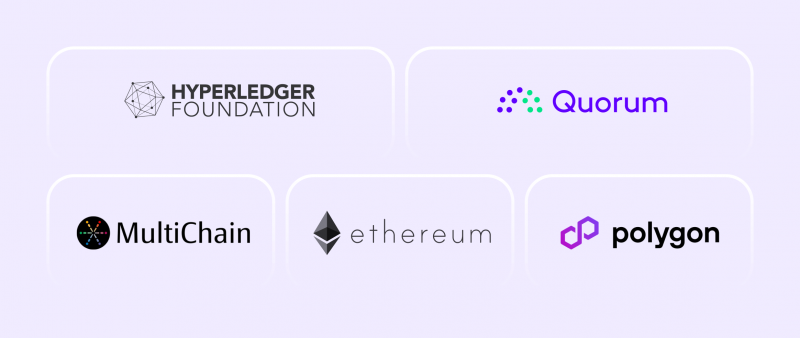
These protocols, also known as blockchain engines, combine various features and functionalities to serve as a building foundation for your project. So, it is crucial to consider your business objective, consensus algorithm preferences and other critical details when choosing the optimal protocol for your needs.
Programming Language and Other Configurations
Once the protocol is chosen, it’s time to determine other crucial technical variables for your network. First off, you must decide between public and private blockchain variations. While the public version has the most transparency, private blockchains are much more suited for managerial business models.
Next, decide which programming language you want to implement within your infrastructure. Making the right choice here is essential, as the programming language will be used to write smart contracts and other complex tasks within your ecosystem.
Next, you should also decide which operating systems will support your network access, with Windows and Ubuntu being the most popular options in the current climate.
There are many other technical details to consider, including the integration of crypto wallets, KYC measures, authentication layers and other important mechanisms.
The most critical aspect is to conduct thorough research and listen to your blockchain developer team. Without professional help, navigating the initial steps of the technical setup can prove arduous and confusing. So, despite the additional costs, employing a sizeable team of experts is an optimal choice.
Don’t Forget the User Experience
After sorting out the features and functionality of your network, it’s time to make it appealing to end-users. In the past, blockchain platforms were highly technical and only accessible to individuals with a significant degree of specialisation in this field.
Now, blockchain core engines like Ethereum allow new networks to design intuitive and streamlined front-end user interfaces. As a result, average individuals will have no problem utilising your network without any technical challenges.
Final Remarks – Crafting Your Unique Blockchain Vision
While our guide has discussed the most critical topics in constructing a custom blockchain network, there are numerous other intricacies involved in this process. It takes several months to understand the basics, hire experienced developers, choose protocols, integrate features and deploy the platform itself. So, creating your blockchain is easier said than done.
However, the potential benefits of blockchain networks might be worth the effort, as they could drastically decrease your transactional costs, increase informational flow, elevate security and eliminate needless third-party intervention.
So, if you have sufficient resources, manpower and a business problem worth solving, create a blockchain of your own; it will pay dividends in the long run.
